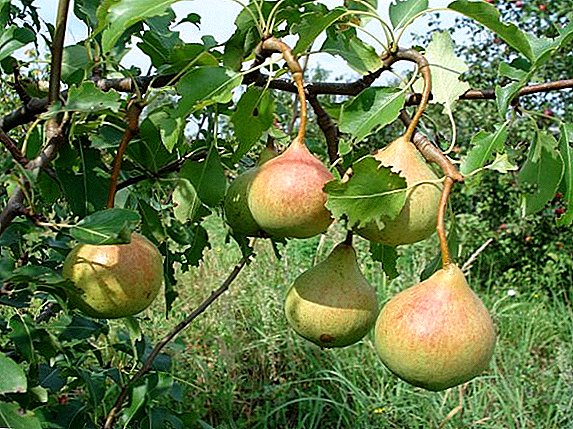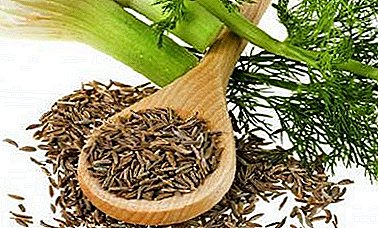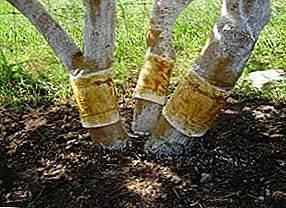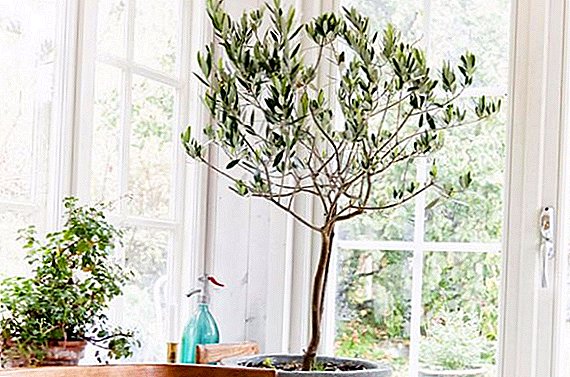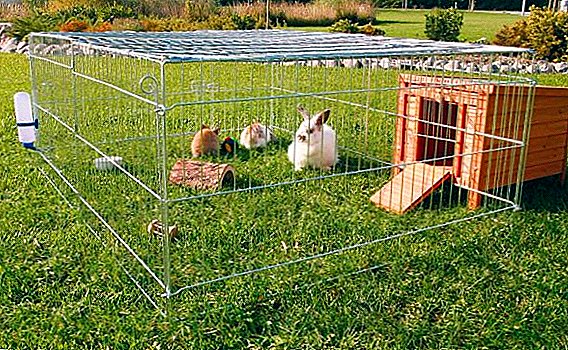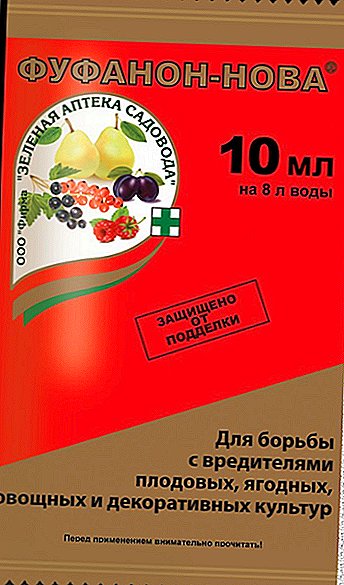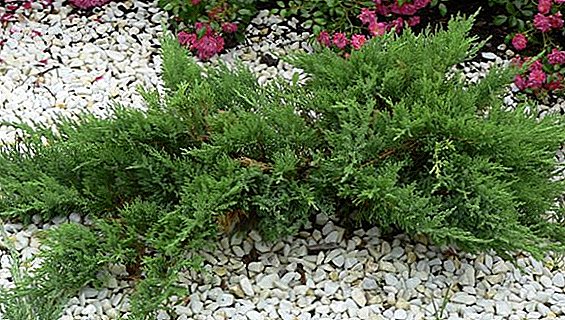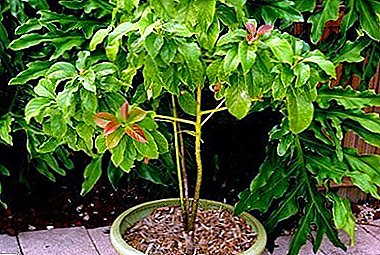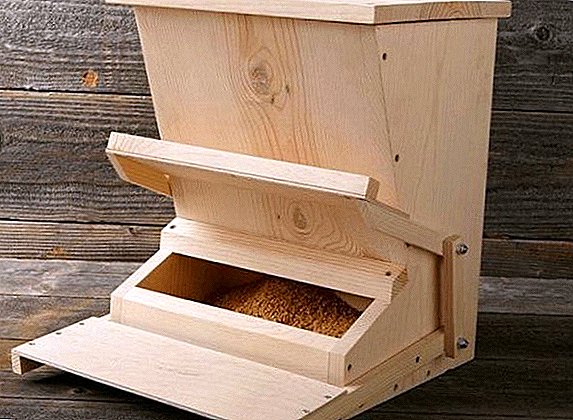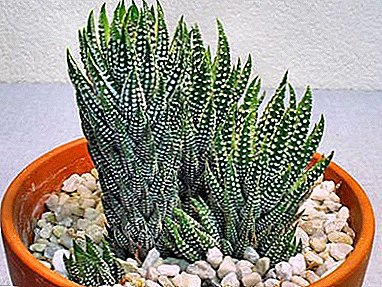
Havortia is a succulent plant small in size, which belongs to the family of Xantorrhoea, the Afodelova subfamily. In nature, it is found in the South and West of Africa. The name of such a flower was in honor of Adrian Havort.
Usually the fleshy, dark green havorti leaves form rosettes at ground level, although some species have a short stem. The edges of the leaves are sometimes smooth, sometimes jagged or covered with long spines. Leaves of some species are covered with white convex tubercles. Often, plants of this genus produce many lateral shoots. Haworthia blooms small, unattractive little white flowers.
Types of havortiya with photos
The main flower varieties have the following names:
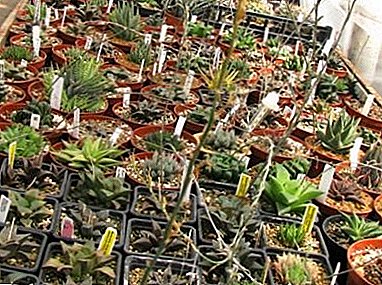 Haworthia pearl-bearing or pearl.
Haworthia pearl-bearing or pearl.- Winding.
- Scaphoid.
- Limifolia.
- Limolistnaya.
- Marginata
- Mix
- Drawn.
- Reinwardt.
- Retuz.
- Terkovidny.
- Trunkata.
- Zimbiformis.
- Cooperi.
- Wimii.
Each species of havortiya with photos and names separately and will be discussed further.
Haworthia Pearl
 Pearl havortia or pearl-bearing is the largest decorative representative. It has a characteristic rosette of oval leaves, which are 2.5 cm wide, and 8 cm long. They are keeled, convex and pointed. They have small spines at the edges and are covered with pearl nodules.
Pearl havortia or pearl-bearing is the largest decorative representative. It has a characteristic rosette of oval leaves, which are 2.5 cm wide, and 8 cm long. They are keeled, convex and pointed. They have small spines at the edges and are covered with pearl nodules.
Because of them, Adrian Haworth called plants. In the spring, it releases a flower stalk whose length is 60 cm, and later on it appear nondescript flowers of green-white shade. The described form does not have much in common with aloe. Now such a plant has been renamed, so many flower growers call it a dwarf.
Mix
 Mix havortiy - a good solution, through which you can achieve a spectacular design. Often for this choose the most unpretentious varieties of such a room succulent.
Mix havortiy - a good solution, through which you can achieve a spectacular design. Often for this choose the most unpretentious varieties of such a room succulent.
Scaphoid
 Scapular havortiya is considered the most common. The plant has a large number of outlets in which the leaves are collected. In their appearance the leaves are fleshy, but to the touch they are soft, shaped like a rook.
Scapular havortiya is considered the most common. The plant has a large number of outlets in which the leaves are collected. In their appearance the leaves are fleshy, but to the touch they are soft, shaped like a rook.
They may be dull or bright. The plant is characterized by a very developed long pedicle, on which non-ordinary flowers periodically take place.
Winding
 This havortia in its appearance is similar to aloe. It reaches a height of 15 cm. The leaves are dark green, with warts on them. The leaves have an unusual, sloping form, therefore a unique appearance of the plant is achieved. On loose tassels there are small flowers that can be painted in different shades.
This havortia in its appearance is similar to aloe. It reaches a height of 15 cm. The leaves are dark green, with warts on them. The leaves have an unusual, sloping form, therefore a unique appearance of the plant is achieved. On loose tassels there are small flowers that can be painted in different shades.
Limophilia or limolistnaya
 This havortiya is characterized by symmetrical rosettes, which consist of keeled leaves. There are wart strips with long, pointed ends. The base of the sheet can be very wide.
This havortiya is characterized by symmetrical rosettes, which consist of keeled leaves. There are wart strips with long, pointed ends. The base of the sheet can be very wide.
If you look at the top, the rosette looks like a starfish. This variety is popular for its beauty - leaves have a dark green color and have characteristic longitudinal stripes of golden color.
Marginata
 Haworthia marginata has a hard glossy leaves, molded from plastic. At first glance, it seems that way. It grows slowly, but with age forms a large outlet. New leaves appear at the center of the outlet and have a different color - they are lighter and are located in the peripheral direction.
Haworthia marginata has a hard glossy leaves, molded from plastic. At first glance, it seems that way. It grows slowly, but with age forms a large outlet. New leaves appear at the center of the outlet and have a different color - they are lighter and are located in the peripheral direction.
Marginate is propagated by seeds. It forms a powerful enough flower spike, which is characterized by many flowers. If there are several copies in the collection, then you can get a lot of seeds from a flowering plant.
NOTE: Boxes ripen for several weeks, after which they dry out and come off. It is important not to miss this moment and harvest.
Drawn
 Drawn havortia has no pronounced decorative effect. There are no dots in it, but there are white and green warts. The leaves are rather narrow and long. They have a lance-like shape, due to which the flower becomes very slim.
Drawn havortia has no pronounced decorative effect. There are no dots in it, but there are white and green warts. The leaves are rather narrow and long. They have a lance-like shape, due to which the flower becomes very slim.
By the nature of flowering havortia is similar to the closest relative. The flowers are dull white and often scattered.
Reinward
 The plant has pronounced vertical growth. Its height is within 10-15 cm. Lanceolate leaves can grow in a spiral. They are tight, inside they can be black. There are also white dots on havortiya.
The plant has pronounced vertical growth. Its height is within 10-15 cm. Lanceolate leaves can grow in a spiral. They are tight, inside they can be black. There are also white dots on havortiya.
For planting of this type use flat containers. This applies to succulents. Haworthia requires special care, she is sensitive to light. When receiving light, the flower may change color. Experienced growers appreciate this variety in large size. Due to this, the plant has an elegant, special look.
Retuz
 This flower has received the name due to the fact that it has leaves dulled at the edges. They are rather dense and can be located densely. Thus, a set of sockets are formed, the length of which is not more than 15 cm.
This flower has received the name due to the fact that it has leaves dulled at the edges. They are rather dense and can be located densely. Thus, a set of sockets are formed, the length of which is not more than 15 cm.
On the outer side there are white dots, located rather thickly. Inside they are not - you can find only warts single type.
The color of the leaves may be different - green or red. In nature, havortia grows on a slope or on a plain. The retuz is too sharply affected by the lack of light, and the leaf plate may turn red. If the hybrid is green, it can be rearranged to the window.
Terkovidny
 This look is similar to pearl-bearing. The only difference is the elongated leaves and small warts. Leaves of tercoid plants are thick.
This look is similar to pearl-bearing. The only difference is the elongated leaves and small warts. Leaves of tercoid plants are thick.
Trunkata
 Haworthia Trunkat has sockets in the form of windows and wide sheets. The presence of pictures on the windows distinguish these plants from others. The variegated varieties of havortiya are considered very popular. They may have a white or yellow pattern on the leaves.
Haworthia Trunkat has sockets in the form of windows and wide sheets. The presence of pictures on the windows distinguish these plants from others. The variegated varieties of havortiya are considered very popular. They may have a white or yellow pattern on the leaves.
The development of this type of plant is slowtherefore, it is unlikely to get a selection copy.
Timbiformis
 Zimbiformis is a plant of start. Many people receive it as a gift or buy it as the first succulent for their home. Now the variegated form of Haworthia is very popular.
Zimbiformis is a plant of start. Many people receive it as a gift or buy it as the first succulent for their home. Now the variegated form of Haworthia is very popular.
This plant is a cultivar. It has white stripes and strokes on the leaves, often forms white rosettes. If you separate it from the plant, it may die.
Cooperi (Cooper)
 Haworthia Cooper - is a herbaceous plant, which is characterized by a dense rosette with fleshy leaves. Their length can be 25 mm. Along the edges can be long cilia. And the tip is a bit narrowed and tilts back.
Haworthia Cooper - is a herbaceous plant, which is characterized by a dense rosette with fleshy leaves. Their length can be 25 mm. Along the edges can be long cilia. And the tip is a bit narrowed and tilts back.
Wimii
 This species is characterized by dark green leaves. They are similar in appearance to aloe, as they also have a canted, keeled shape. When grown under room conditions, the height of the trunk should not exceed 15 cm.
This species is characterized by dark green leaves. They are similar in appearance to aloe, as they also have a canted, keeled shape. When grown under room conditions, the height of the trunk should not exceed 15 cm.
General rules of care
- Despite its unique appearance, such plants are unpretentious to the conditions. Therefore, care at home will not make much trouble. They are easy to grow at home, so even an aspiring grower will cope with this task.
- Watering should be neat and moderate. At the appropriate air temperature, you should water twice a week. Please note that the ground can not be too fill - you can only slightly moisten it.
For this plant, air humidity is not a determining factor. Haworthia can grow in rooms with dry air. It is important to avoid excessive moisture.
- Fertilize the plant is allowed only during the period of active growth. If you do this at another time, it can be detrimental to the flower. So, feeding is carried out from March to October.
You can use complex fertilizer for succulents, based on minerals.
- In winter, the plant may fall into a dormant period. Life processes are slowing down, so there is a need to create special care.
- Havortia transplantation is an obligatory process requiring careful treatment. Many growers strongly recommend to take into account all the features of this action. Before you go to it, you need to create the right substrate.
It is formed on the basis of leaf and clay-sod land, as well as sand. At the same time, experts recommend adding brick chips to the soil.
- By its nature, havortia has excellent disease resistance. Such a flower is rarely exposed to diseases, moreover, the pests it is almost not terrible. But, if the plant weakens, a mealy bug or aphid may begin to grow on it.
IMPORTANT: To find them, regularly inspect havortie for the presence of various kinds of changes.
Conclusion
Above, we looked at all the popular havortiya types with photos and titles. It must be said that such a plant has a special role in the life of each grower. And, if you decide to start it, you will not be able to stop.
We draw your attention to the fact that succulents attract many with their simplicity and elegance. They become a stylish decoration for an apartment or house.


 Haworthia pearl-bearing or pearl.
Haworthia pearl-bearing or pearl.